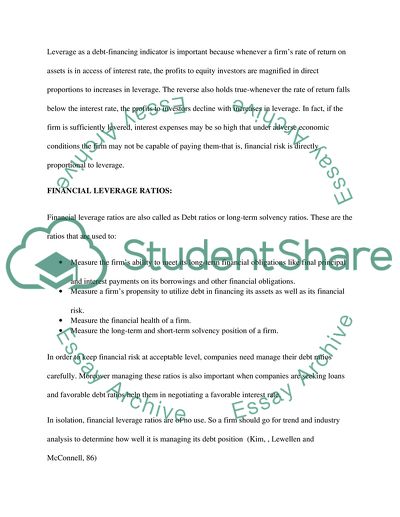Cite this document
(“Financial Leverage Essay Example | Topics and Well Written Essays - 2250 words”, n.d.)
Retrieved from https://studentshare.org/finance-accounting/1584435-financial-leverage
Retrieved from https://studentshare.org/finance-accounting/1584435-financial-leverage
(Financial Leverage Essay Example | Topics and Well Written Essays - 2250 Words)
https://studentshare.org/finance-accounting/1584435-financial-leverage.
https://studentshare.org/finance-accounting/1584435-financial-leverage.
“Financial Leverage Essay Example | Topics and Well Written Essays - 2250 Words”, n.d. https://studentshare.org/finance-accounting/1584435-financial-leverage.


